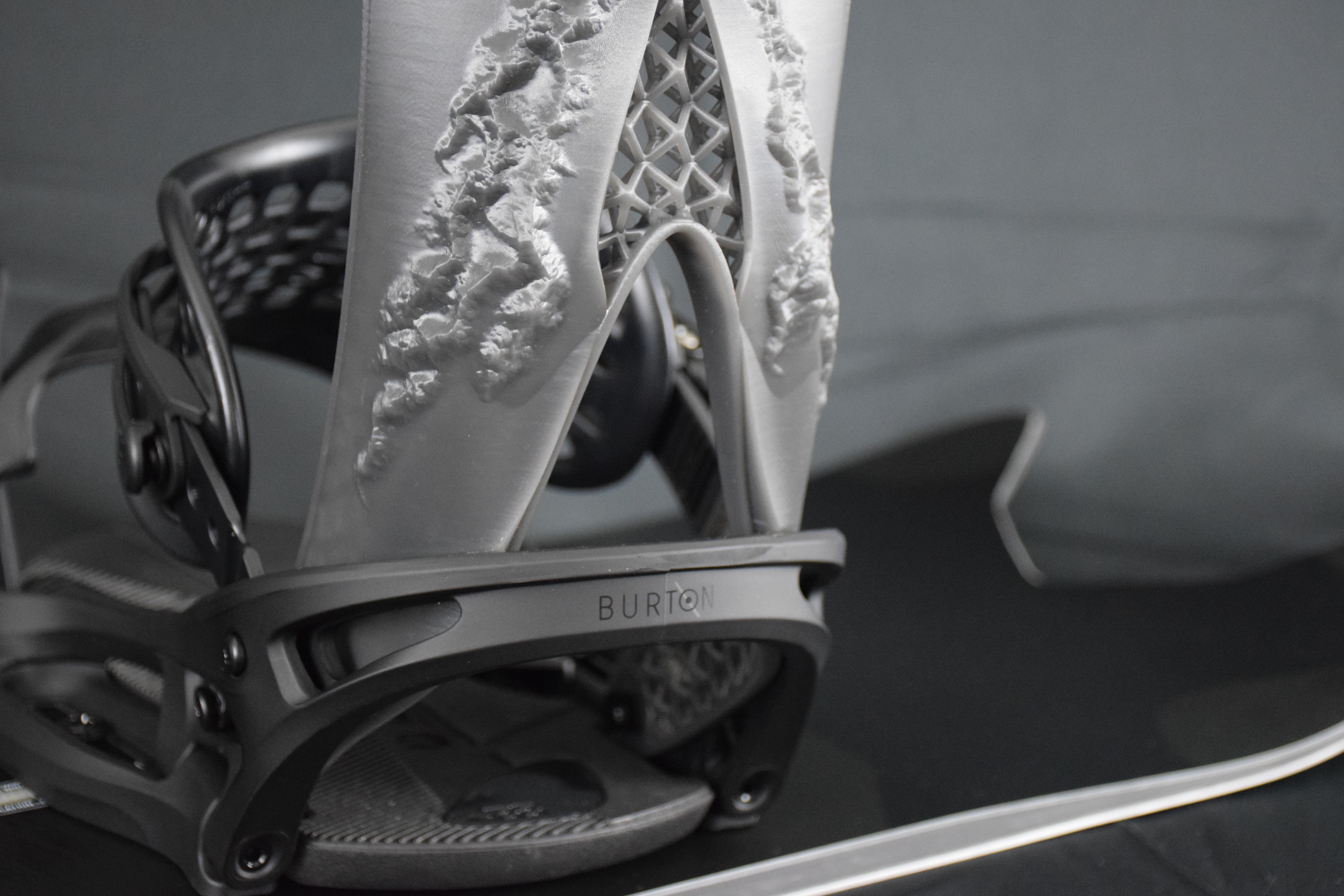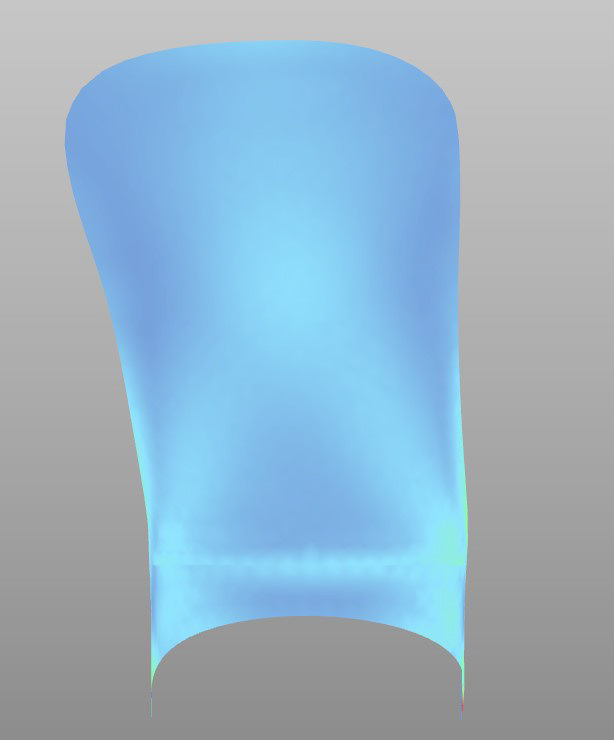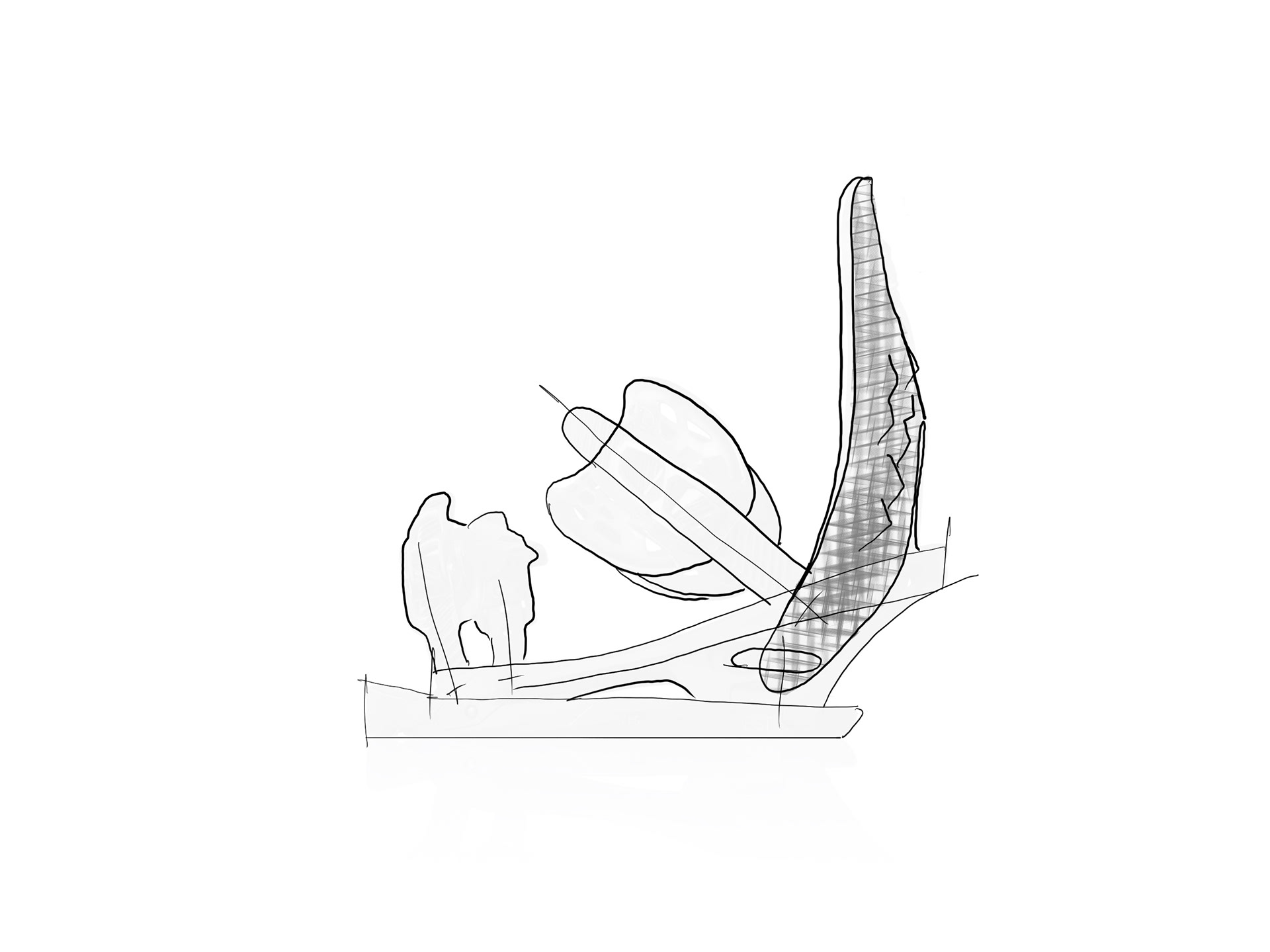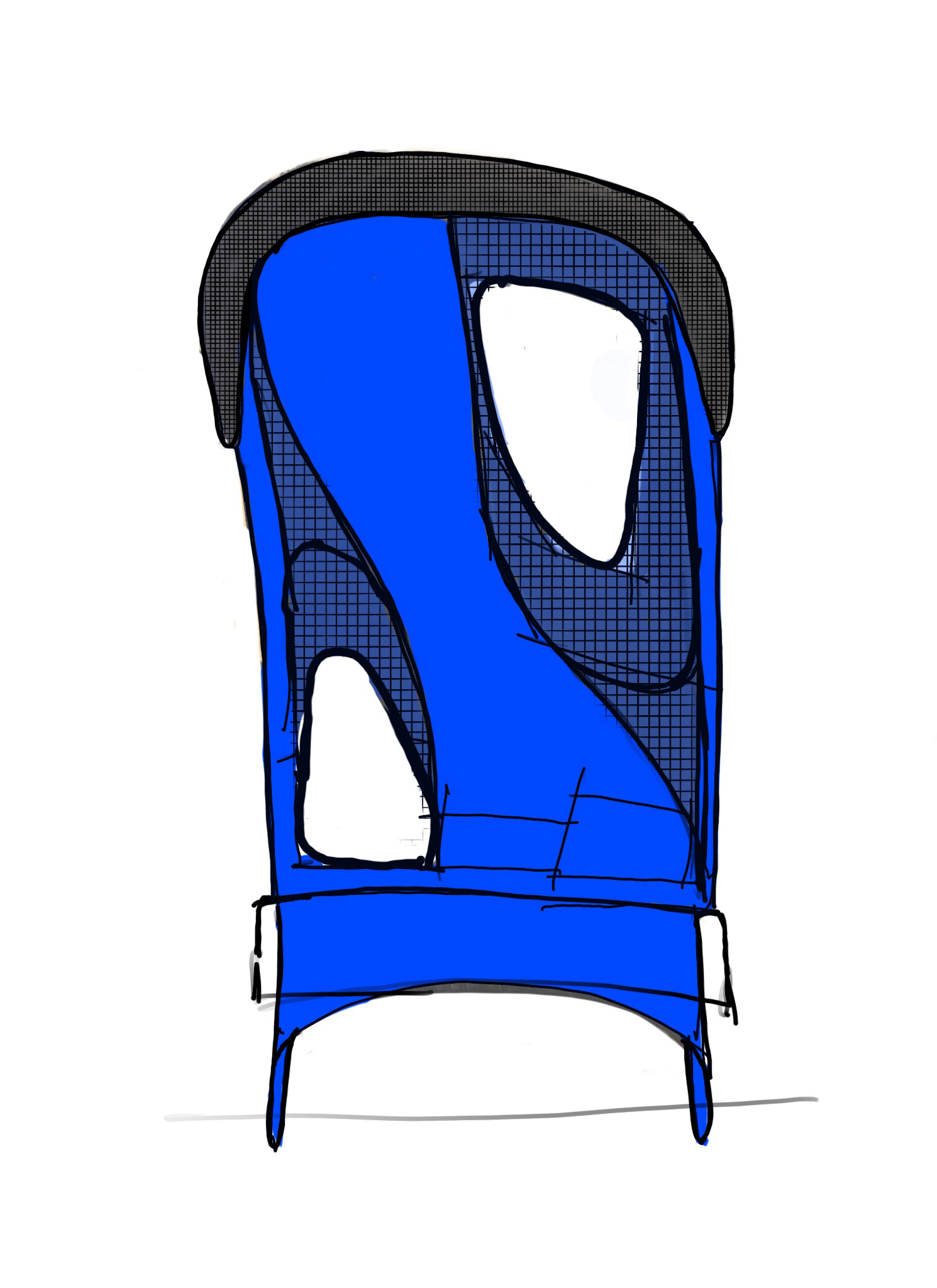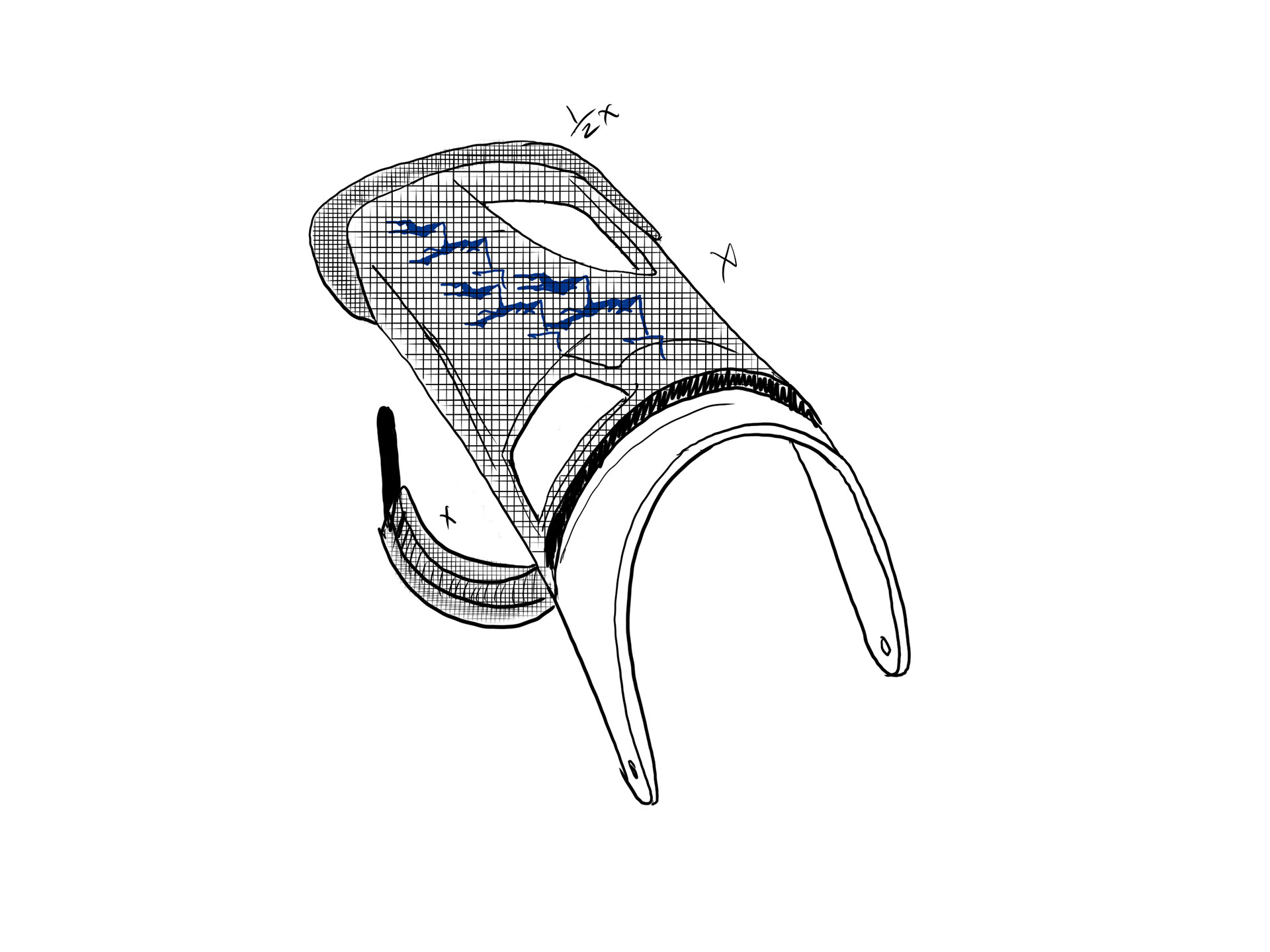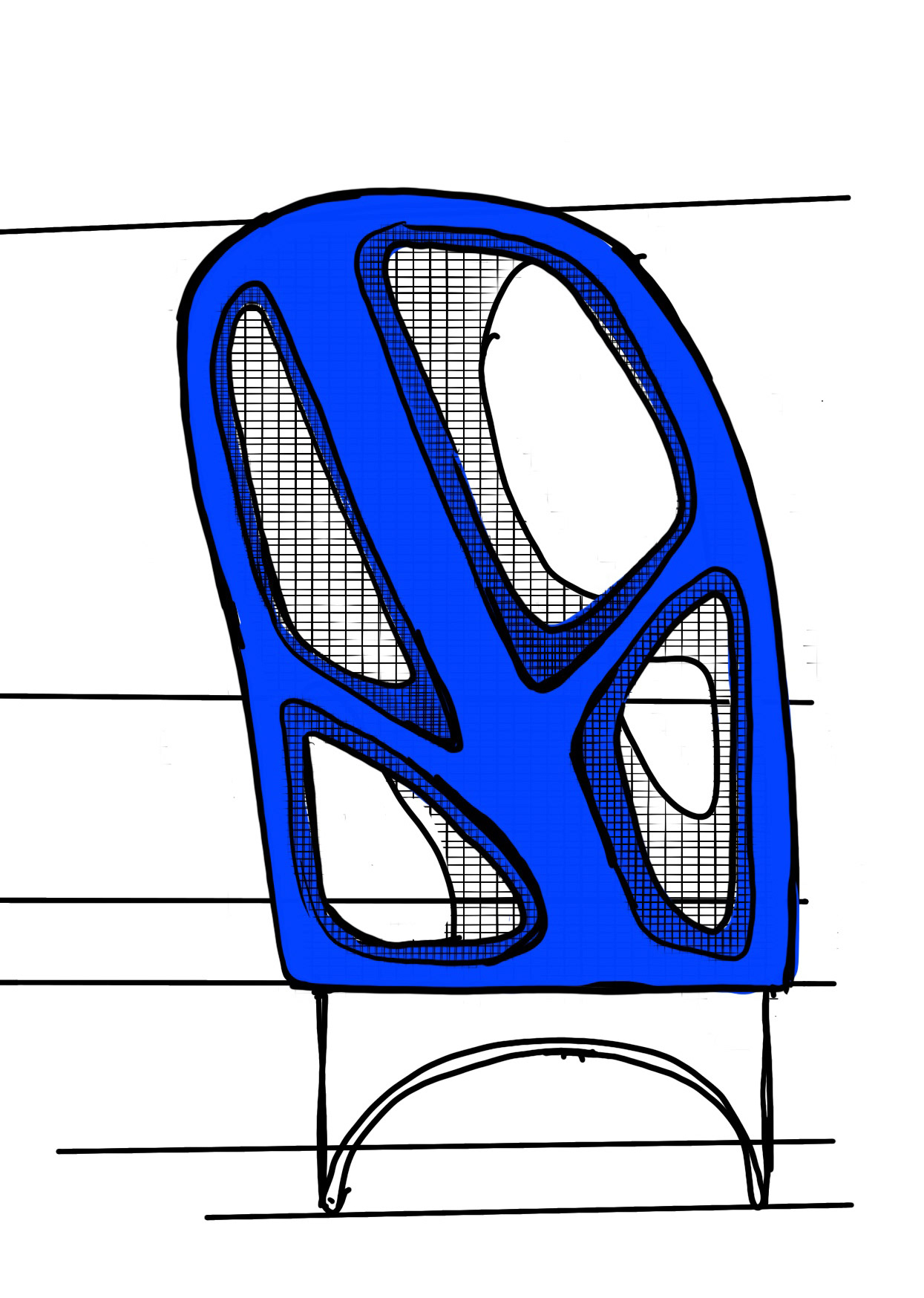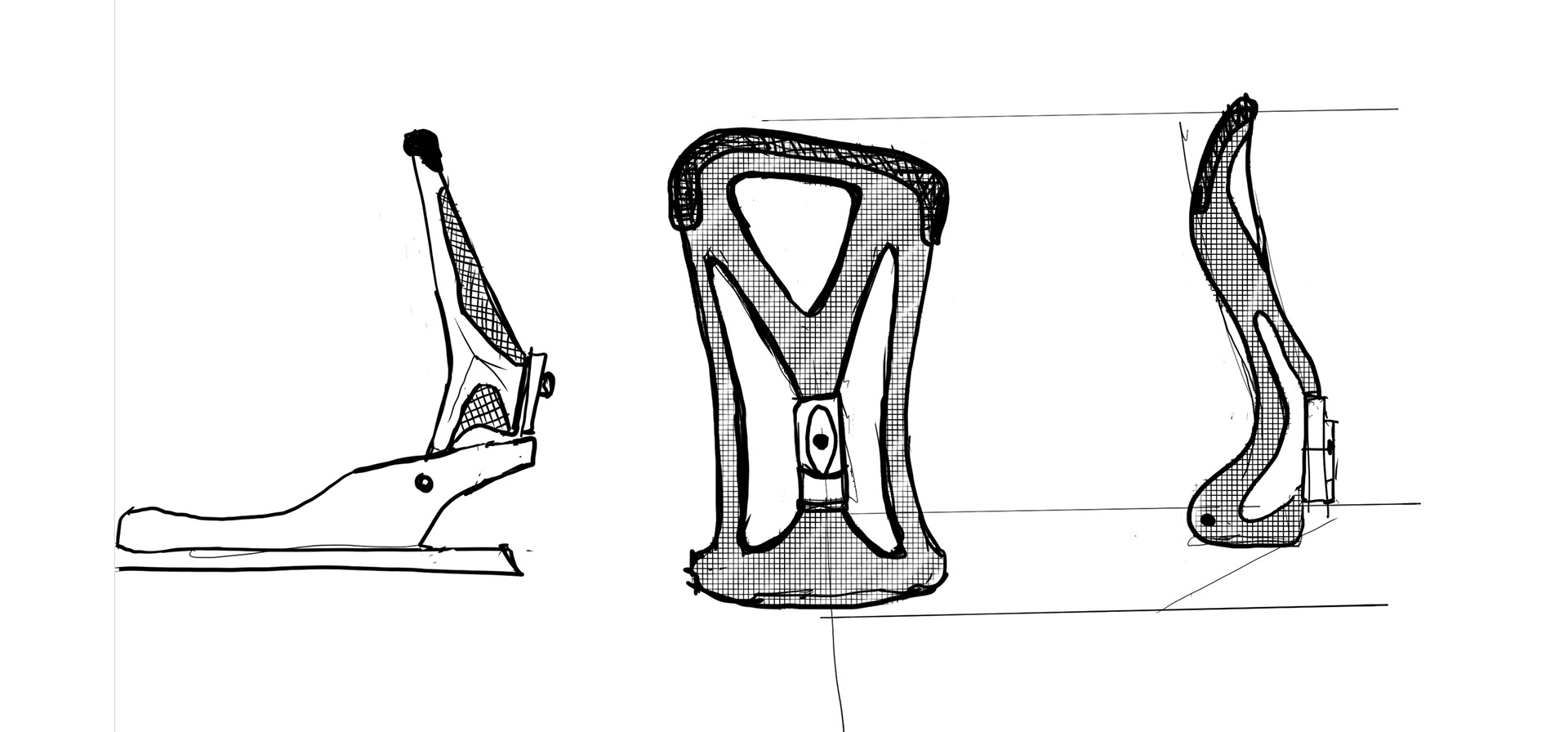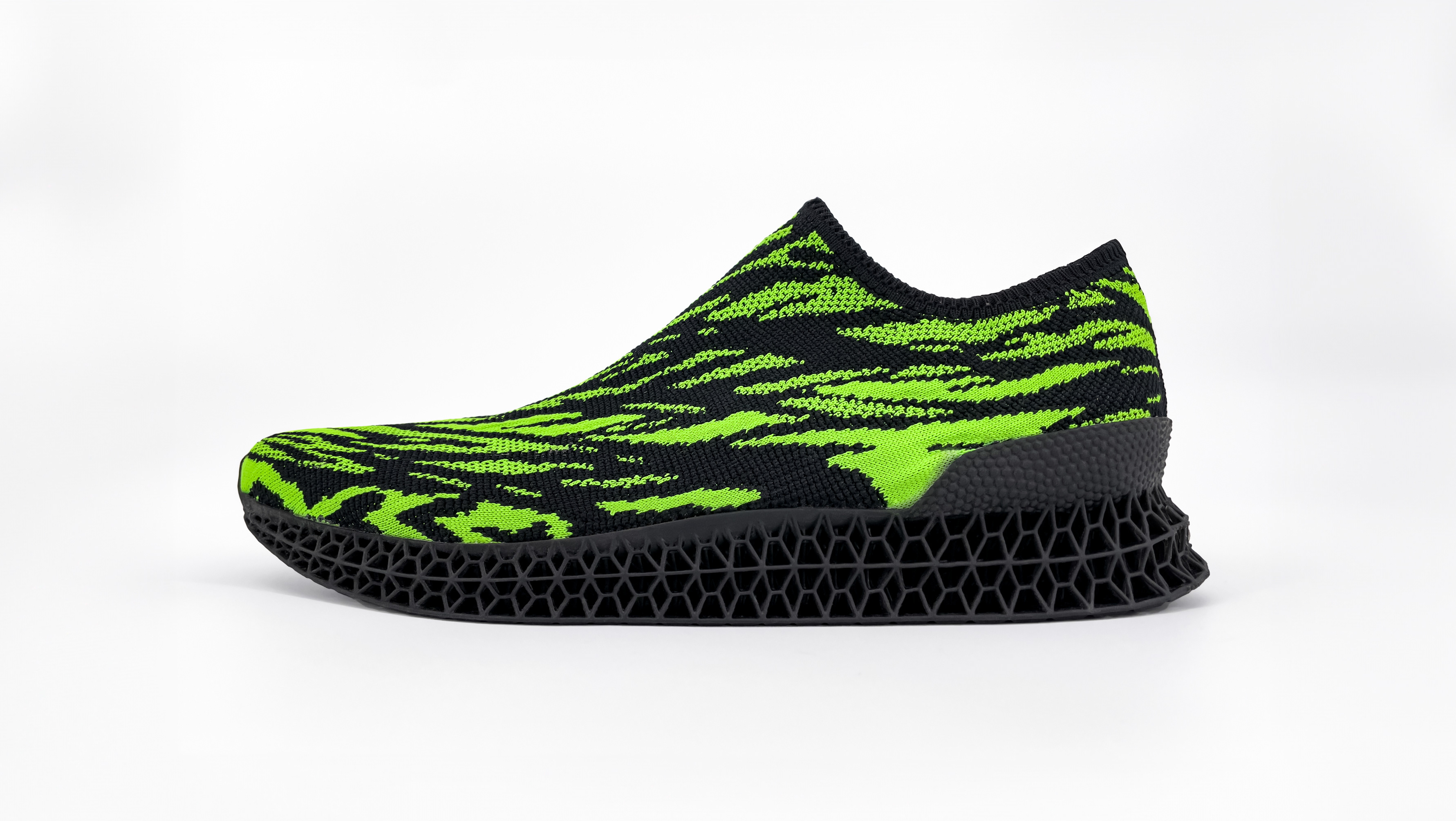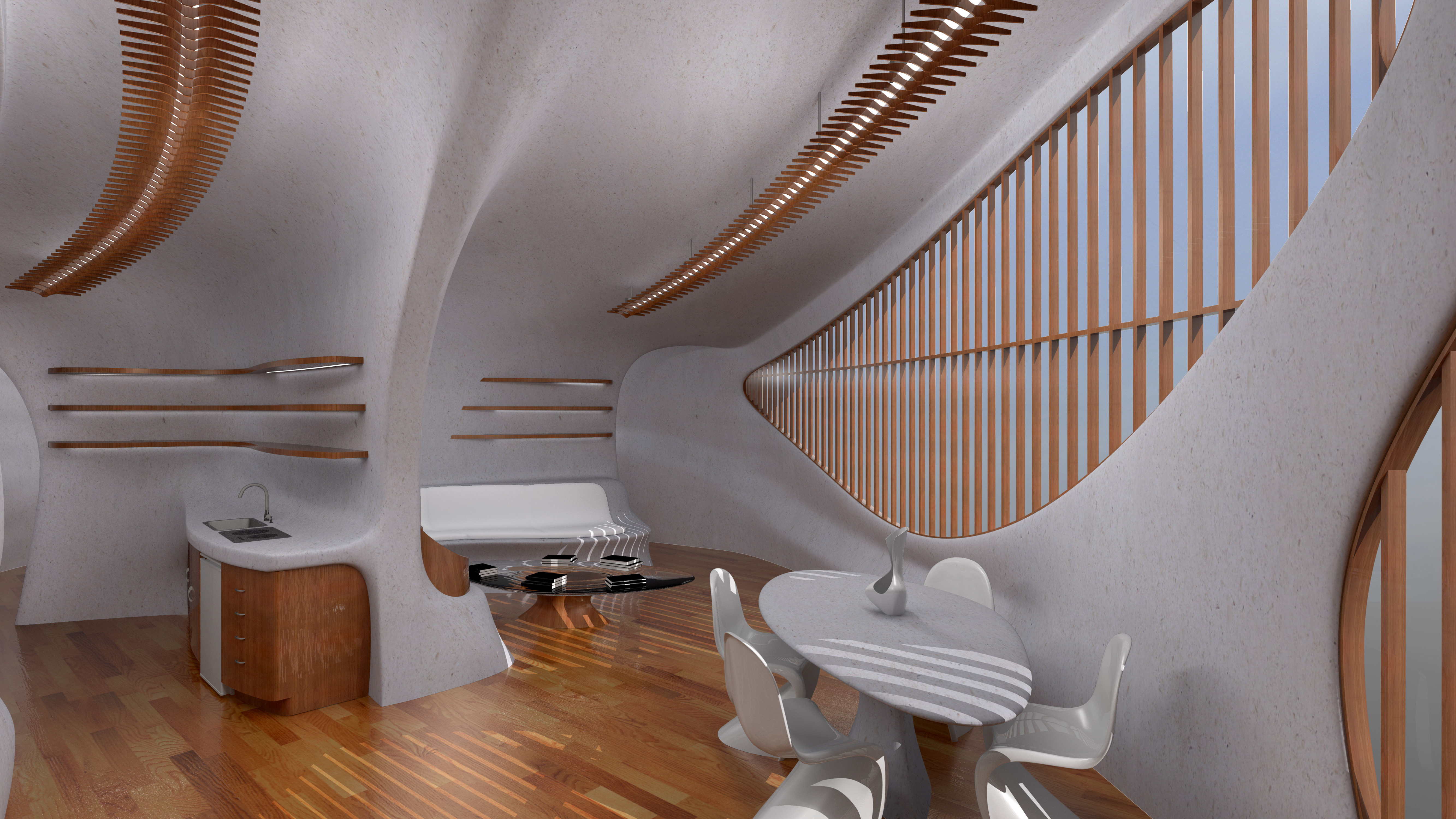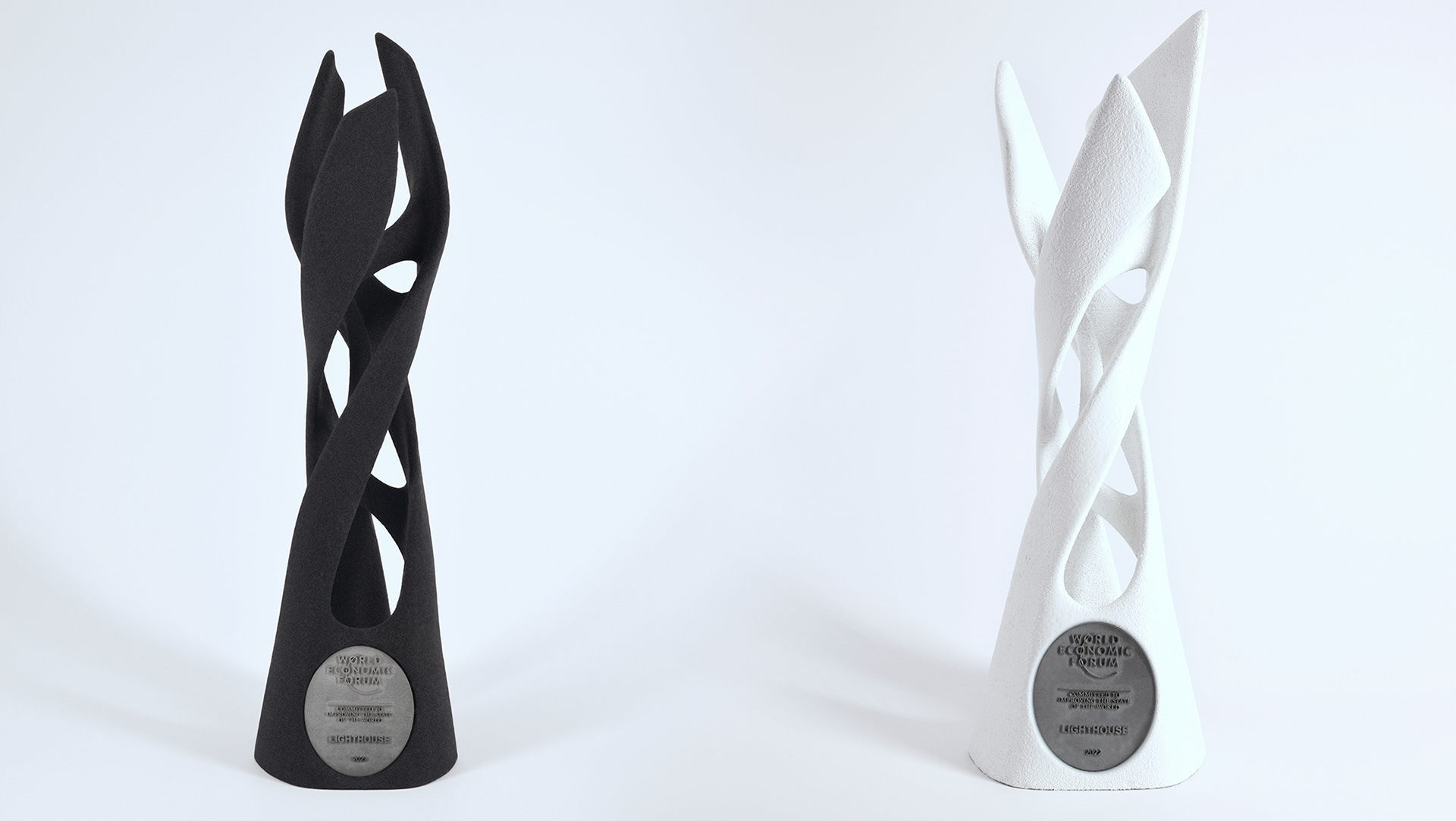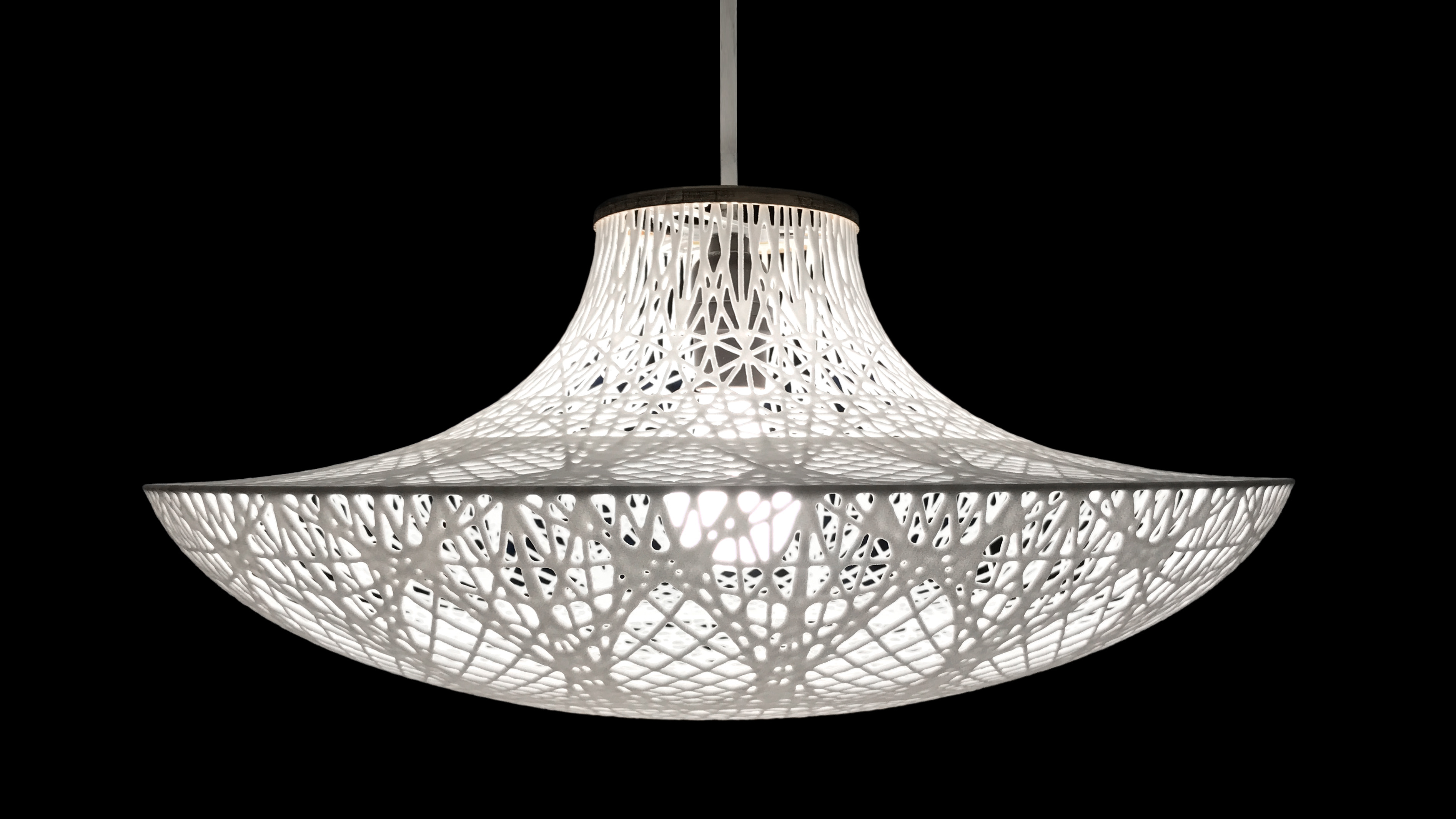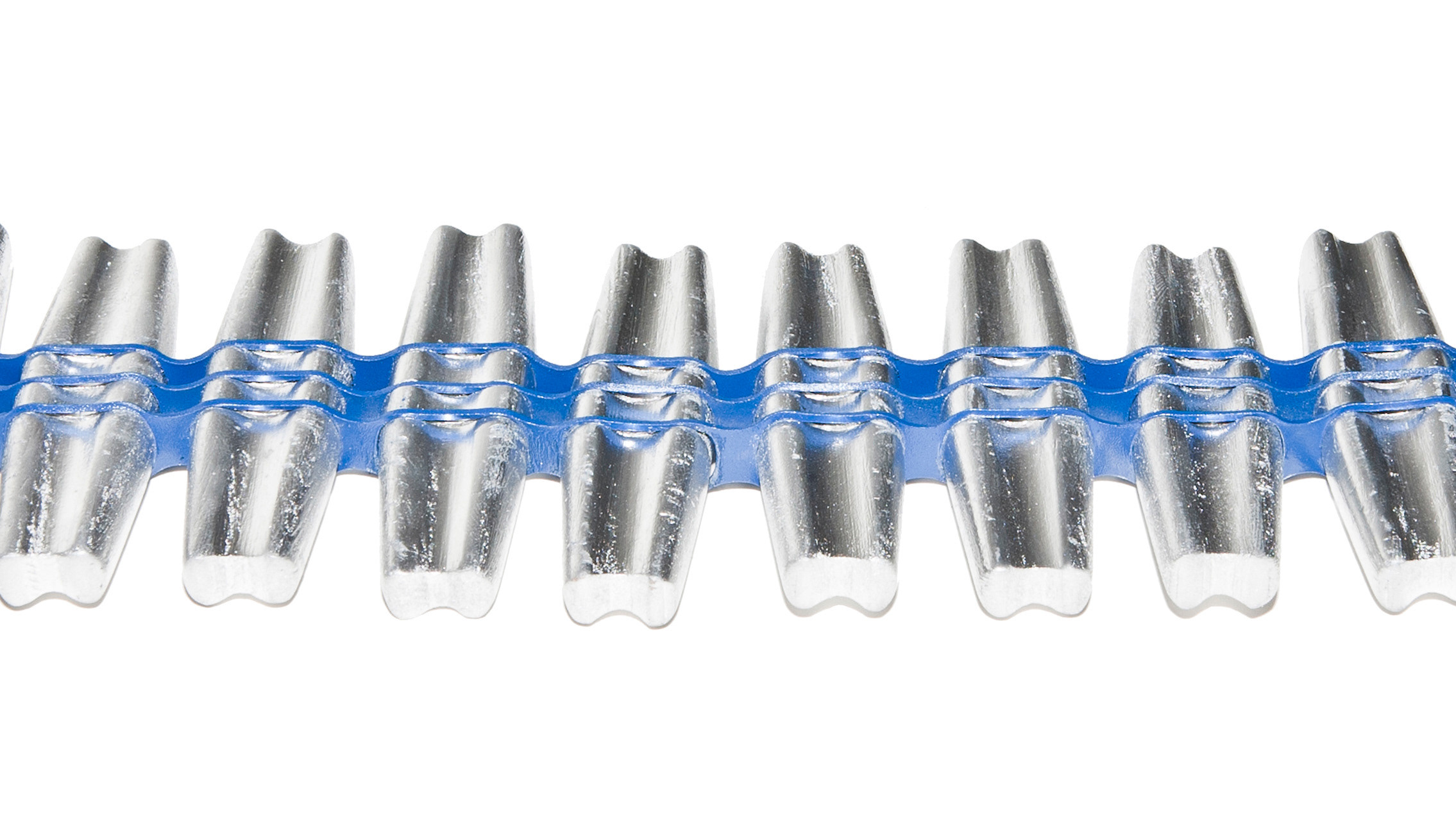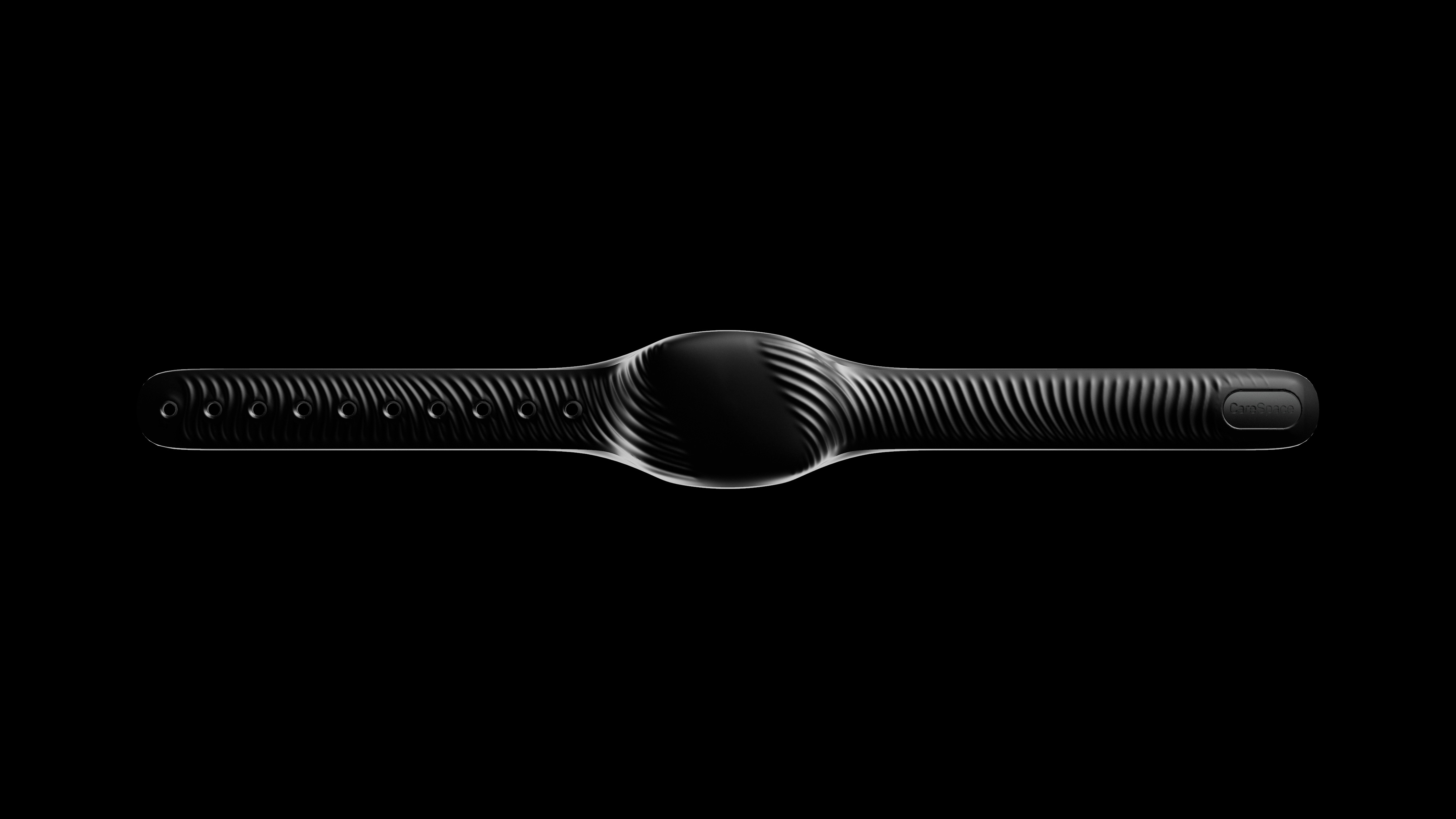This high-back design was inspired by the presence of the Rocky Mountains in Colorado that draws a uniquely sharp line geographically and in climate. To the east, the landscape is a flat high desert and to the west, a topographical wonder. Similarly, these high-backs have a smooth back surface in the areas that need less support and a strategic mountain range that grows outwards in the areas that have the most forces acting on them. Mountain towns, in particular, have constantly changing weather patterns making it challenging to forecast what conditions ski & snowboarders need to prepare for until the very last minute. With winter sports constantly evolving in technology, this design lends itself well to user-centric customization. A variability in geometry in both its mountain-like back and the lattice structures depends on the riders’ preferences and is intended to have the ability to be switched out easily according to the style of riding and conditions.
As a collaboration between Stratasys & F Equals F, these 3D printed snowboard binding high-back were brought to life on the Stratasys Origin One high-speed photopolymerization 3D printer using the Loctite’s 3172™ High Impact material. The printed bindings were functionally tested over several days at Breckenridge, Colorado, and performed perfectly. To be able to withstand the extreme loading conditions experienced during snowboarding, FEA tools were used to create the topology optimized solution that generated varying thickness of the interior lattice while conforming to the boot.
The prints were oriented in such a way that a pair fit within the build volume of the printer. A singular and minimal strip of the support structure was set at the top in order to not interfere with the intricate lattice geometry which allowed for minimal post-processing out of the printer. The high-back is connected to the binding at both sides of the base where the bottom ends have two pivoting fasteners and allow for two ledges to lock into place on top of the back rim of the binding. Besides bringing a new look and function to the sport, the bindings demonstrated the type of high functional part performance achievable only with additive manufacturing because of the complexity of the geometry which would be too difficult to traditionally injection mold. The Loctite material used for the final product is produced by Henkel to be durable, tough, and impact-resistant, targeting functional applications that need to perform under stress and high load conditions. It is used to produce parts that require high stiffness with a good surface finish. Its attributes are similar to polypropylene (PP).
Process Images



